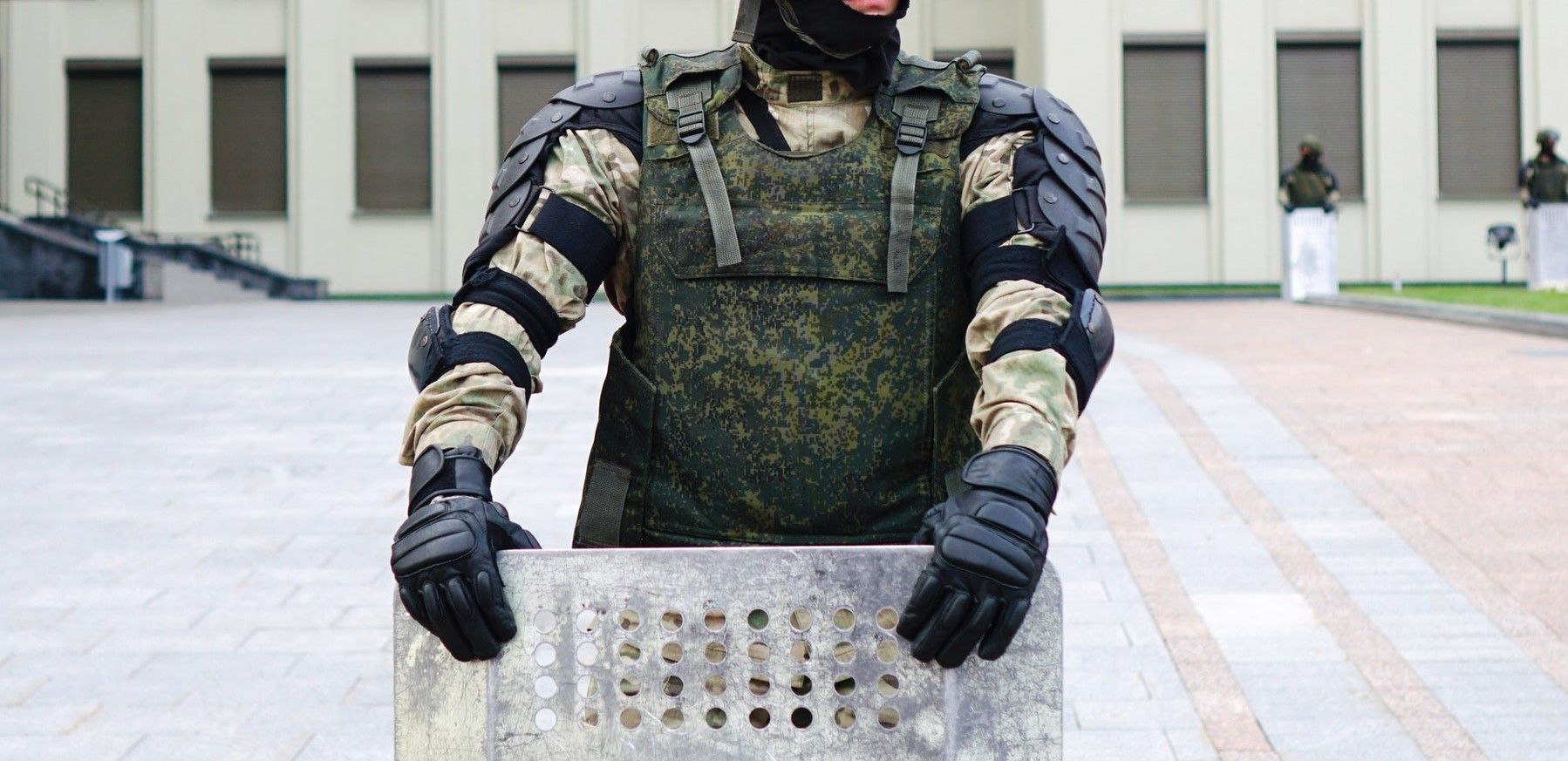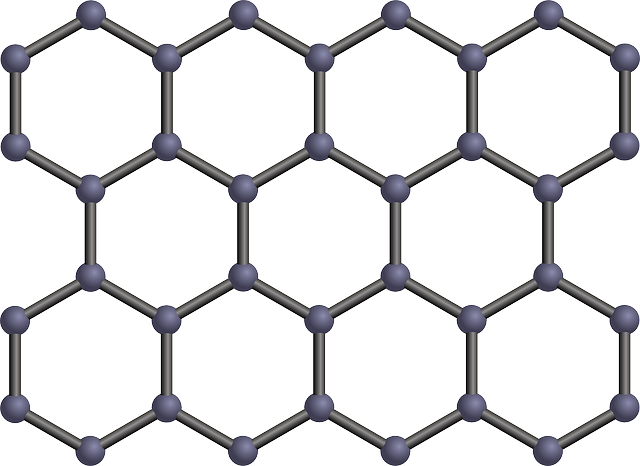Since the first wars in human history body armour has been paramount. But there has always been a trade off between adding stronger protection against maintaining mobility.
The earliest methods used cloth padding, which later developed into wooden shields, and then metal armour. Metalworkers improved designs over the centuries with ever thinner sheet metal or chain mail. Both were impact resistant yet still allowed for manoeuvrability.
Modern body armour is a combination of synthetic fabrics, metal, and polymers (such as poly-para-phenylene terephthalamide a.k.a Kevlar). These composites are used in the manufacture of riot shields, helmets, and bulletproof vests.

However, one glance at a protected police officer or soldier shows bulky layers of protection that look clumsy and awkward to wear. Improved body armour technology is still very much needed.
The latest research to solve this issue has found considerable progress with polymers enhanced with nanotechnology.
Nanomaterials are substances less than 100nm in size (about the same size as a single virus). They include carbon nanotubes and graphene which are among the strongest materials known to man yet are also incredibly light. These properties make them ideal for application in body armour.
Taking this idea forward, scientists from the Institute for Soldier Nanotechnologies (part of the Massachusetts Institute of Technology) have successfully used nanomaterials to create a polymer shaped into a ‘lattice-like’ pattern which test have proven can withstand more force than Kevlar or steel.
The results have now been published in the scientific journal Nature Materials, which explains how the nanotechnology is ‘more efficient’ at stopping penetration than traditional materials and can prevent ‘objects from tearing through’.

The key to the new body armour design is the ability to pack so many layers of material into such a small space. The reason that motorbike helmets and other protective gear is so bulky is due to the condensed layers of material which add stopping force, but also greater size and weight.
As nanomaterials are so thin and light, it is possible to pack millions more layers without adding excessive bulk and weight. But doing so means being able to accurately manipulate a material at such a small scale.

To do this, the researchers used light-sensitive material known as “photoresist” that conforms its shape based on exposure to light. This means that the nanomaterial can be modelled by shining a laser on it.
“This technique is effectively 3D-printing at the nanoscale,” explains Dr Carlos Portela. “A tightly-focused laser is traced within a drop of photoresist—in three dimensions—locally solidifying material in the process until the full structure is printed.”
Using this new technique, allows nanomaterials to be formed into any shape imaginable – just like 3D-printing. This allows for stiffer and stronger designs.
“The knowledge from this work,” notes Caltech co-author Dr Julia R. Greer, “could provide design principles for ultra-lightweight, impact-resistant materials [for use in] efficient armor materials, protective coatings, and blast-resistant shields desirable in defense and space applications.”
While due to upscaling issues, the technology has yet to be deployed on the battlefield, the team feel that polymer composites enhanced with nanomaterials will protect many soldiers and police officers once fully developed.

“Nano-architected materials truly are promising as impact-mitigating materials,” Portela said. “There’s a lot we don’t know about them yet, and we’re starting this path to answering these questions and opening the door to their widespread applications.”
At the heart of this technology is the goal to saving lives. As Dr James Burgess, the program manager at the Institute for Soldier Nanotechnologies, notes, “Increasing protection while simultaneously decreasing the weight that soldiers carry is an overreaching theme”.
Photo credit: Coolvidsshows at pixabay, Artem Podrez at pexels, Javier Leal, Tina Miraschninhenko, & Openclipartvectors
